A city where chemistry lurks almost anywhere you look
Having recently read S J Parris’s novel Alchemy, set in 16th century Prague, and finding myself in the Czech capital on a short break with my brother, I tried to interest him in a day tracking down the old alchemists. Being an avid photographer, Nick declined and we went our separate ways for the day.
The Old Town, on the eastern side of the River Vltava and next to the famous Charles Bridge, provides rich alchemical pickings. I started on the way up to the castle (where Emperor Rudolf II, an enthusiastic patron of alchemy, had his large laboratories), stopping at the Museum of Alchemists and Magicians of Old Prague in the ‘House at the Donkey in the Cradle’, where the alchemist Edward Kelley lived. Split into two exhibitions, the second and perhaps most interesting one, the guide Nikolas tells me, is up the oldest wooden spiral staircase now in Prague, so this museum is not suitable for those with limited mobility. Dusty and cobwebbed, exhibits (with perhaps a touch of pastiche) include a mannequin not unlike the alchemist John Dee (who visited Prague), an homunculus, furnaces, skeletons, remnants of shattered experiments, alembics and all sorts of glassware, concoctions, pelicans and other paraphernalia.
The pièce de résistance was the loo. Shaped externally like a large wooden vat, it has a large tap and a pail on the outside, ostensibly to drain off the urine. For it was the German alchemist Hennig Brand who took the P from the pee after all (albeit in Hamburg), discovering phosphorus in 1669 when he was searching for the philosopher’s stone.
The sunny courtyard outside was busy with tourists risking all sorts of coloured potions from flasks liberally dosed with dry ice, from the Kellyxir Alchemical Lab Pub. I opted for a nasty alchemist on the beach: vodka, peach liqueur, orange juice and pineapple juice.
A walk back down into the Old Town took me to the upmarket Alchymist Hotel. This city certainly trades on its alchemical (and chemical) connections. I even happened upon a florist called Dopamine with the structure of the neurotransmitter on its signage.
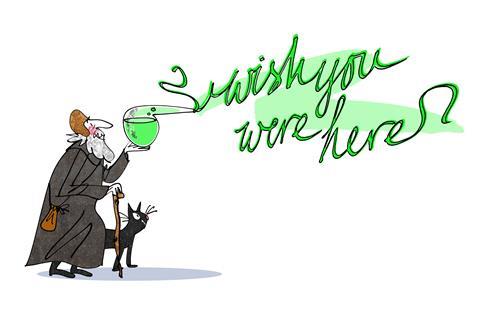
A light lunch at the Food Lab (its logo being a conical flask inside a benzene ring) was superlative. Almost opposite was the Museum of Alchemy, a place you must book for a guided tour. Again, due to steps down into the bowels of the earth, not for those with mobility issues. This house is in the old Jewish quarter. Legend has it that the alchemist Rabbi Loew worked here, as did Edward Kelley, John Dee and Tadeáš Hájek. Its alchemical secrets were only discovered during floods in 2002 when the street in front of the house collapsed. The tour includes reconstructed transmutation and distillation laboratories, a glass melting furnace and a herb drying room.
Vying for top place of Prague dignitaries, for me anyway, is Tycho Brahe, who, though Danish, worked in Prague at the Royal Court of Rudolf II as imperial mathematician. Alchemist, astrologer and astronomer, he collaborated with the German astronomer Johannes Kepler while there. The Clementinium Astronomical Tower and Baroque Library are next to the Czech National Library in the Old Town. The views from the tower are amazing and the Baroque Library rivals that at Trinity College, Dublin. Added interests include old astronomical and scientific instruments (though Tycho’s sextants are at Prague’s National Technical Museum).
Dying at the age of 54, after overindulging at a banquet, Tycho was entombed in Týn Church on the Old Town Square. I visited twice but it was closed for mass. Walking up from the church, I headed for the beautiful National Museum of Prague. In its Hall of Minerals, many great people are transmuted into rock like Lot’s wife, in the form of eponymous specimens: Cronstedtite, Gmelinite, Goethite, Smithsonite, Tennantite, Thomsonite, Whewellite… Hundreds of samples of the elements in various crystalline forms, some known to the alchemists of old.
After my peregrinations, Nick and I met up by the Astronomical Clock (which performs its skeletal party piece on the hour). We happened upon the Einstein Ristorante Pizzeria, which has a plaque on the wall embossed with the likeness of the man himself – since it was in this building where Einstein played his violin and met with his friends Franz Kafka and Max Brod during his stay in the city in 1911–12. Oh to be a fly on the wall then (or in Kafka’s case, a cockroach).
Alchemists would have been flabbergasted by the modern realisation of E=mc2, both for peaceful and military purposes, and the transmutation of elements into new ones (such as Einsteinium) with atom smashers or atomic bombs.
Nick and I sat down and had a drink beneath the plaque. I asked for the wifi password. EINSTEINMC2. Of course! What else?
Paul Board is a Fellow of the Royal Society of Chemistry and provides puzzles for Chemistry World. His puzzle book Elementary! (which contains a section on alchemy) was published by the RSC in 2023. He stayed at The Hotel Galileo (no kidding).
The above subject being alchemy, please take the contents of this partial travelogue cum grano salis.


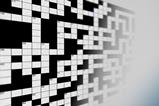
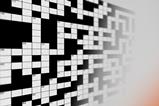
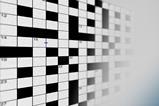
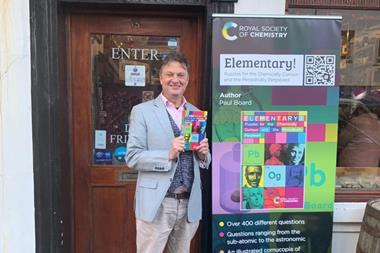
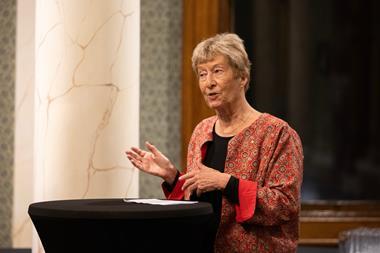
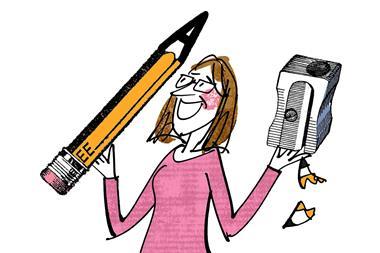


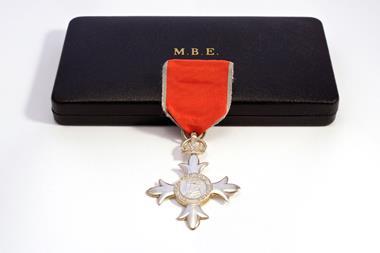
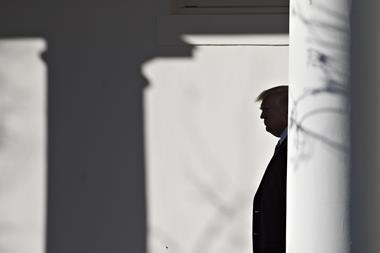
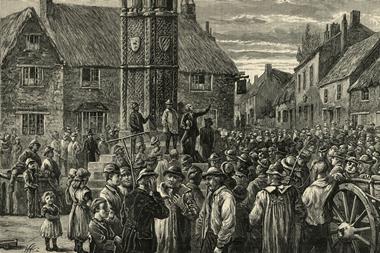
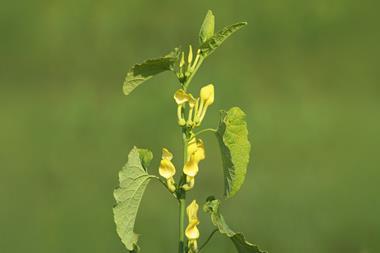
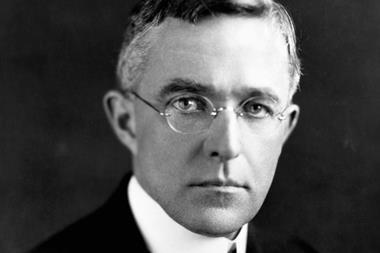
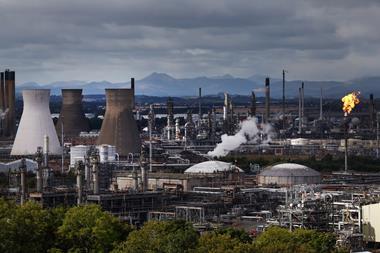
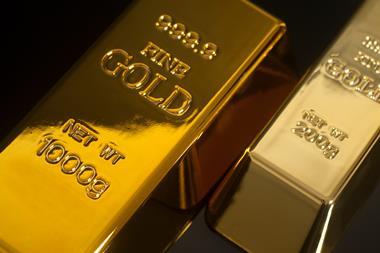
No comments yet